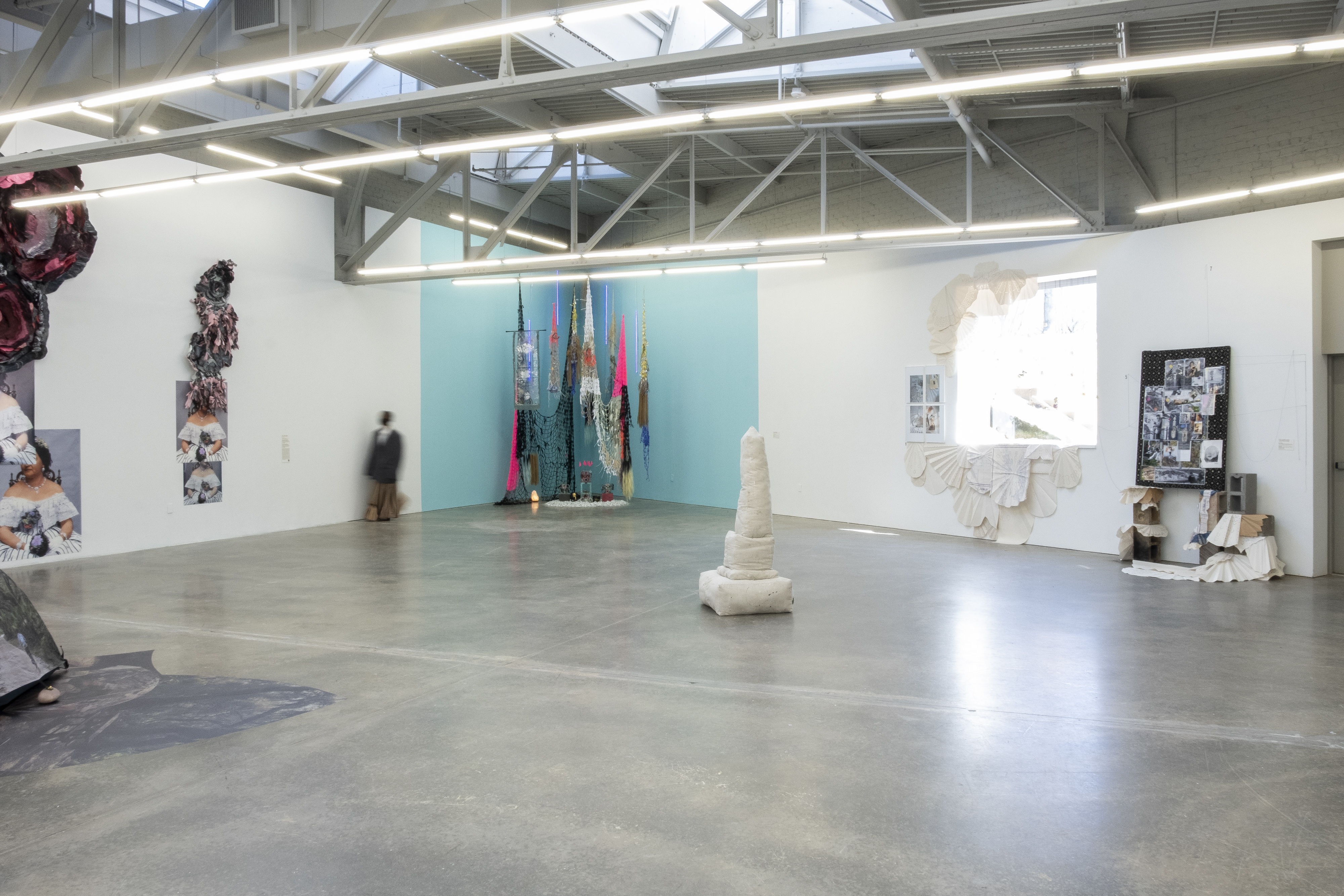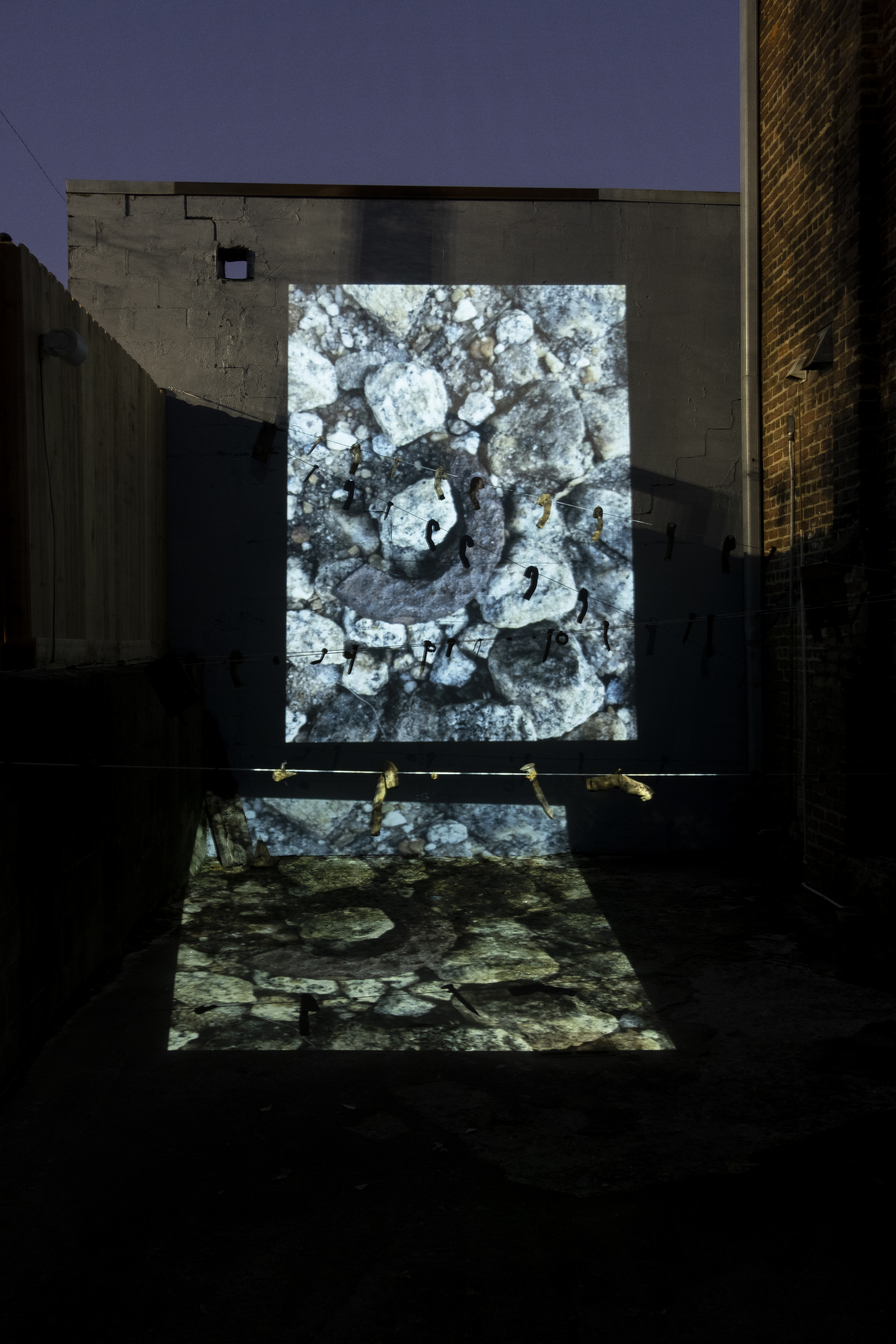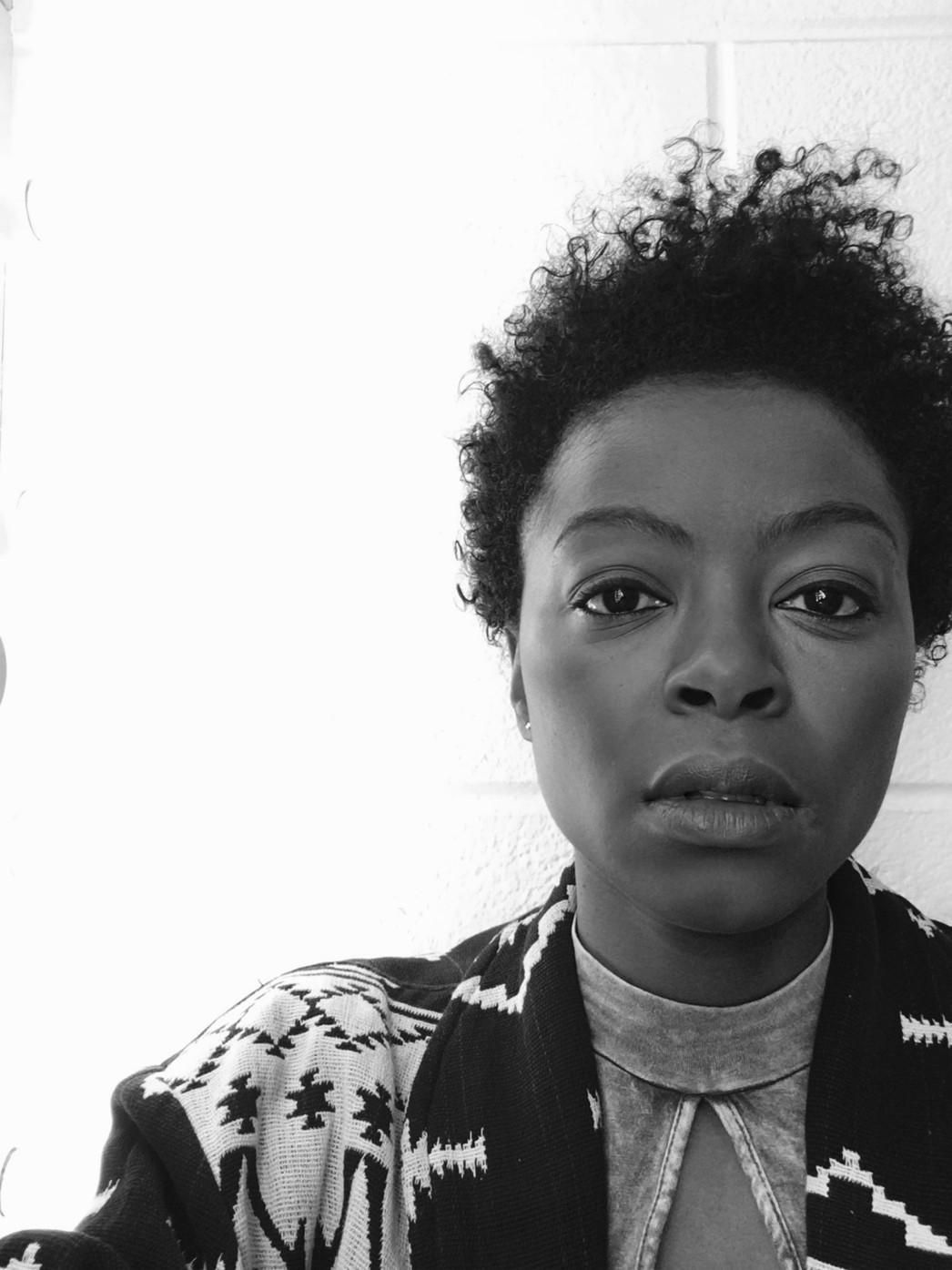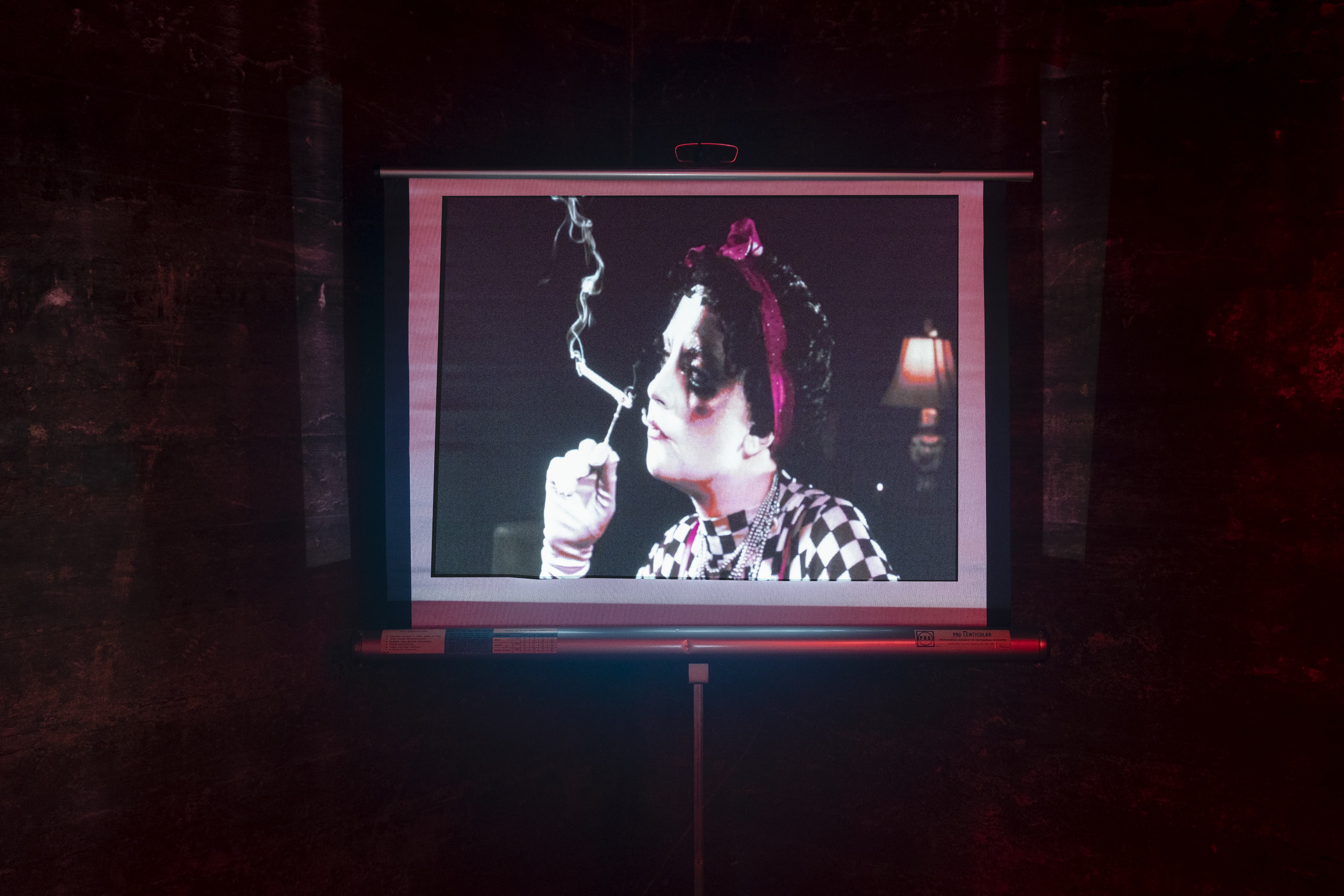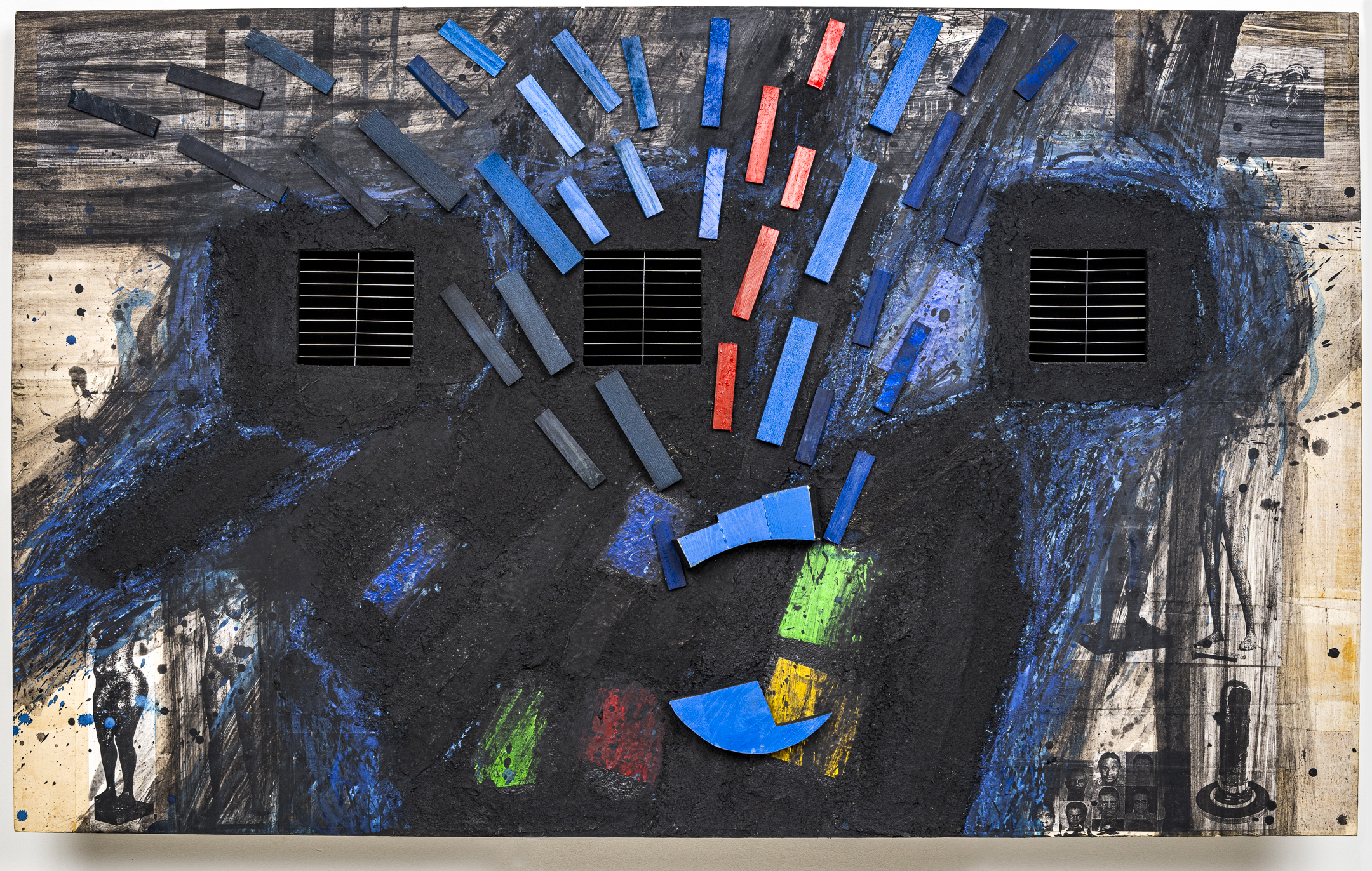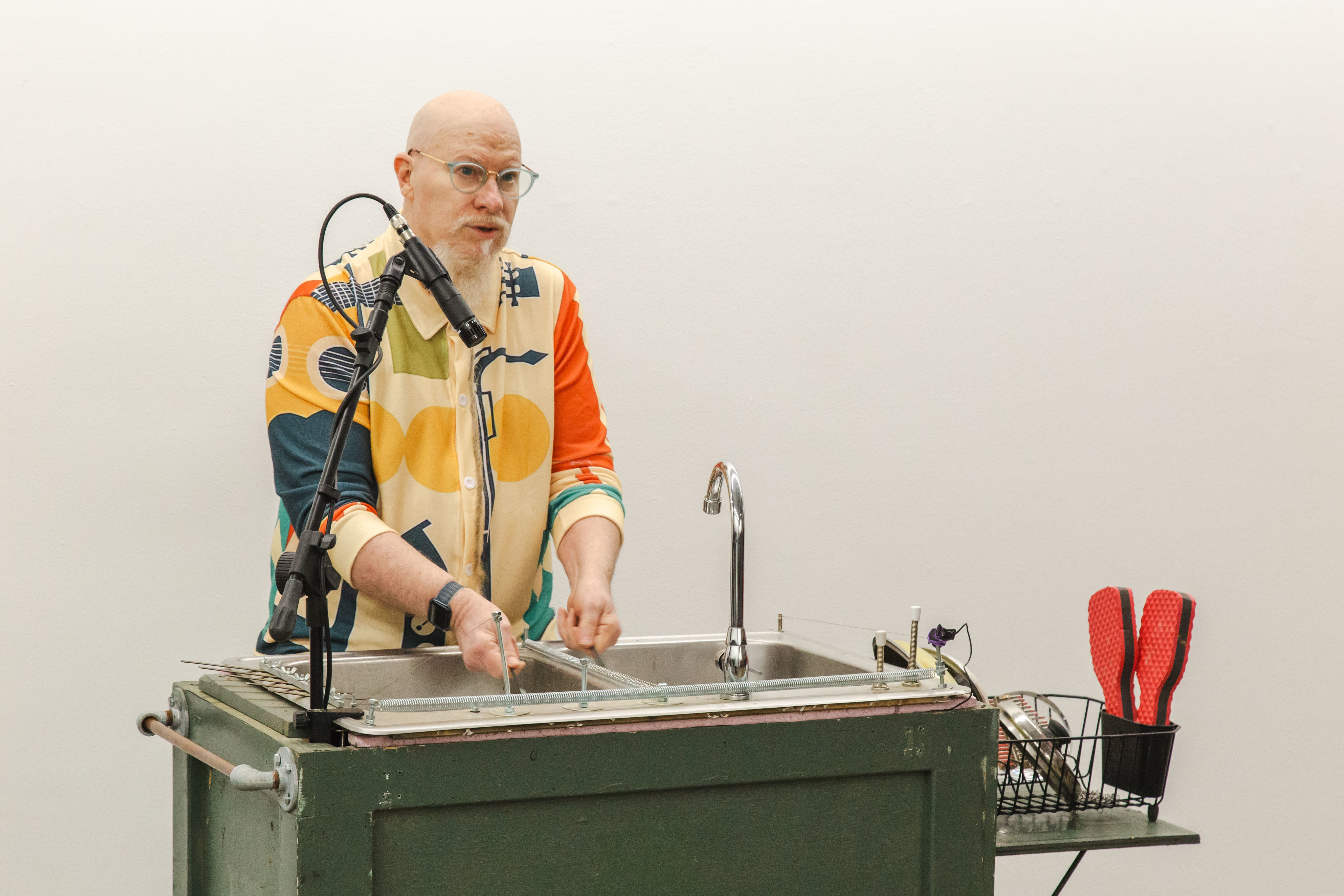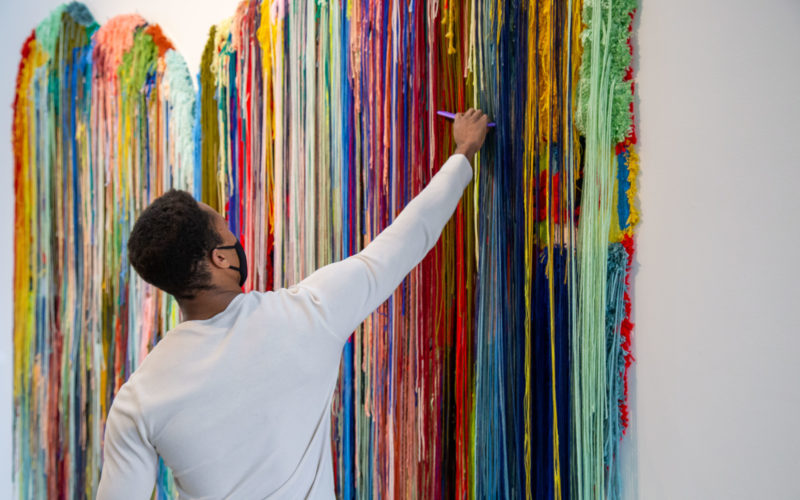Anchored within the overlapping contradictions of histories held within the body and those transcribed upon the body, artist Danielle Deadwyler, arts administrator Nisa Floyd, and art historian Tyra A. Seals will engage in a conversation on FOR(E)RUNNER, the inaugural artwork to be mounted in the Secret Garden project space as part of the Virtual Remains exhibition. Together, the panelists will discuss the installation, the performance, and the body as an intuitive repository for multiple forms of knowledge.
FOR(E)RUNNER is a multimedia installation that incorporates performance, video, and assemblage to intervene on the written histories of the Atlanta railway corridor by unearthing the thoughts, feelings, and experiences of the Black laborers who worked to construct it. Now commonly known as the Atlanta BeltLine, the railway corridor was completed in 1902 and has since functioned as a physical and metaphysical boundary that demarcates the core of the city. Expanding beyond traditional historical methodology, Deadwyler constructed an archive of material, movement, sight, and sound to conjure the countless Black laborers unwitnessed in the construction of the Atlanta railway corridor. Through the process of excavation, Deadwyler sought out the remaining physical evidence of their labor −the rusted nails, bolts, and anchors− to create an immersive space where the past confronts the present. Offering her body as vessel, Deadwyler enlivened the Secret Garden, and the greater campus of the Atlanta Contemporary, with a singular endurance performance that trekked 22 miles −the length of the Atlanta railway corridor. Challenging traditional forms of knowledge sharing, Deadwyler sought to reveal historical truths and trigger memory through the arduous and ecstatic movements of the laboring body − the tightness, tension, pleasure, and pain. By interrupting the passive art viewing experience, her performance cut through the galleries creating an undeniable reminder of her presence and the presence of the labor she embodied. For those unable to witness the performance, they are left to experience the installation, contending with the absence of Deadwyler’s body and any evidence left behind.
 Contemporary Talks
Contemporary Talks
